Muroji Temple, the “Women’s Koyasan”
On the border between Nara and Mie prefecture, is an abundance of beautiful natural landscapes. In between those mountains, there is the famous and beautiful Muroji Temple. Located in Mt. Muro, Muroji is one of the most famous temples in Nara and has many precious ancient buildings and Buddha statues throughout its temple grounds.
The Muroji Temple
Temple Grounds
According to the temple legend, one day, Emperor Kanmu became very ill and a monk from Kofuku-ji in Nara prayed for his recovery. The emperor quickly recovered from his illness and ordered the construction of Muroji Temple.
Muroji was quite favored by Shingon Buddhism monks because it is located deep in the forest and was appropriate for their practice. Because of this, Muroji became a part of the Shingon sect too.
Around the Edo Period, the mother of Tokugawa Tsunayoshi, Keisho-in, a firm believer in Buddhism, donated a large sum of money to Muroji.
Her generosity prompted Muroji to allow women to enter their temple. It is important to note that meanwhile other temples throughout Japan, including Koya-san the home of Shingon sect, strictly prohibited women from entering their temples. For this reason, Muroji became known as Nyonin-Koya, which literally means “Women’s Koyasan”, and naturally, was very popular among women.
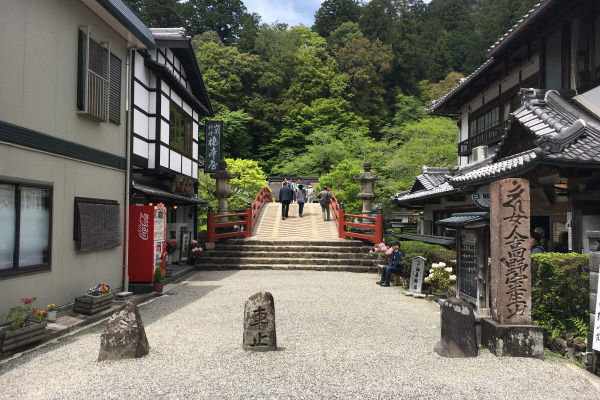
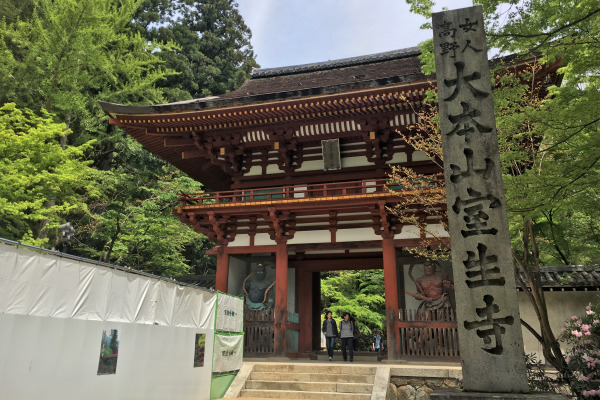
Muroji Temple is also very famous for its hundreds of flowers. In Muroji, there are as many as 3,000 rhododendrons throughout the temple ground. When we came here just before Golden Week, the rhododendrons were in full bloom and very pretty.
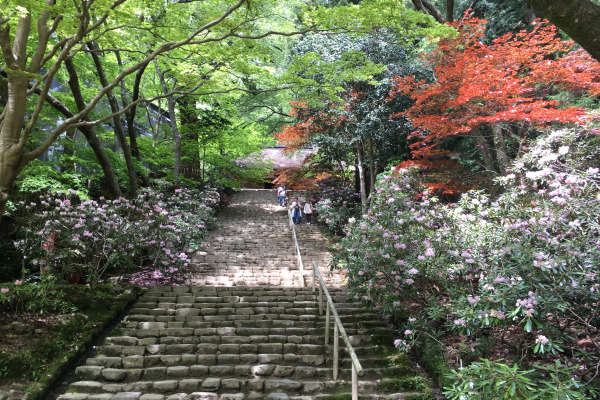
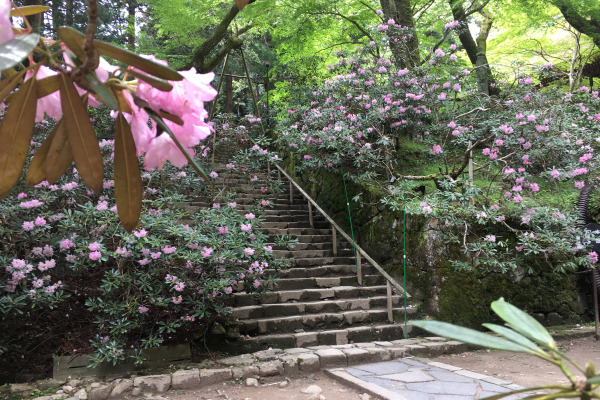
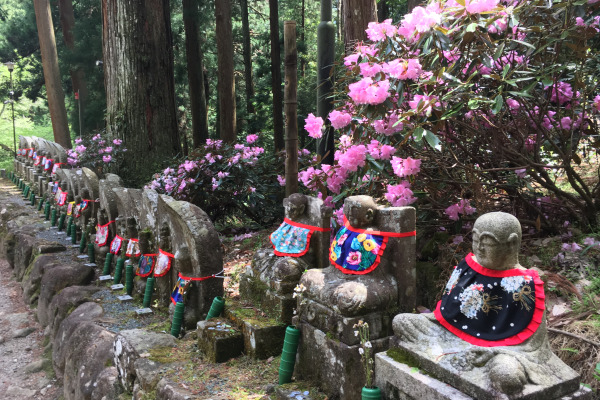
Kondo and Hondo
Right after the Yoroizaka, you will see the main temple building, the kondo. Not only is this unique building a national treasure, but also many precious Buddha statues mainly made in Heian Period are enshrined in kondo.
If you get close to the building, you can see that half of the kondo sticks out from the hillside. The temple added this extra part was in the Edo Period to pray for the Buddha statues.
In the kondo you can see many Buddha statues such as Juuichimen Kannon [十一面観音像] and Shaka Nyorai Ryuuzo [釈迦如来立像], both of which are Japanese National Treasures also made in the Heian Period.
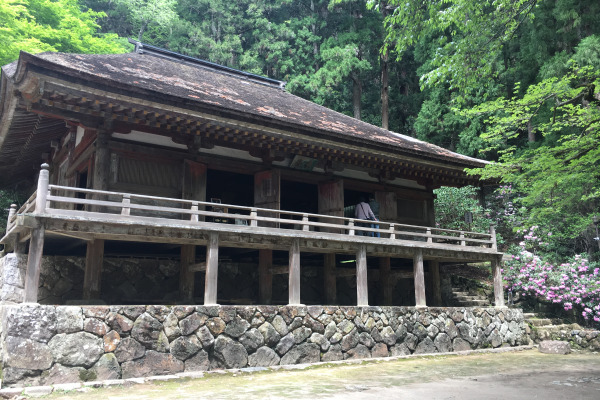
Another national treasure is Muroji’s hondo, which was built in 1308.
The hondo enshrines Nyoirin Kannon [如意輪観音像]. Although it is not a national treasure, it is one of the top three most famous Nyoirin Kannon statues in Japan.
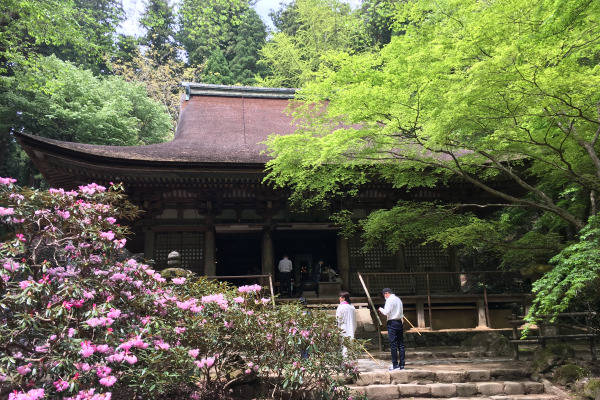
Pagoda
Muroji’s five-story pagoda is without a doubt the most famous structure in the entire temple.
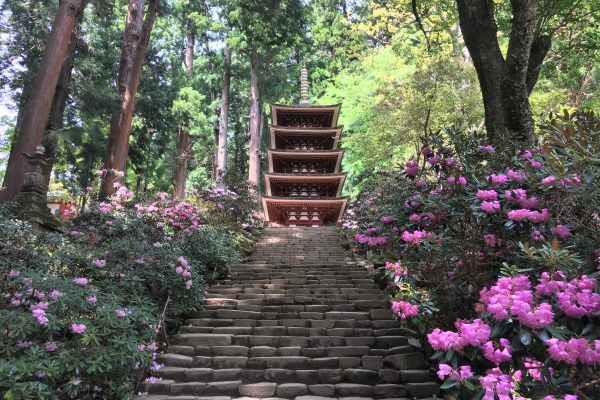
Built around 800 A.D, this five-story pagoda is the second oldest pagoda in Japan, erected only a few decades after the pagoda in Horyu-ji. In addition, this pagoda is the smallest in Japan(only 16m!) and each story stays roughly the same size.
Muroji
| Address |
|
| Website |
|
| Getting to |
Muroji is about five kilometers away from Muroguchi-Ono Station of the Kintetsu Line, so the simplest thing to do is take a bus. Buses run only once an hour during the off-season, so make sure to check the bus schedule. In the spring and fall, there is an additional bus service to Muroji.
|
| Opening Hours |
|
| Entrance fee |
|
| Miscellaneous |
|
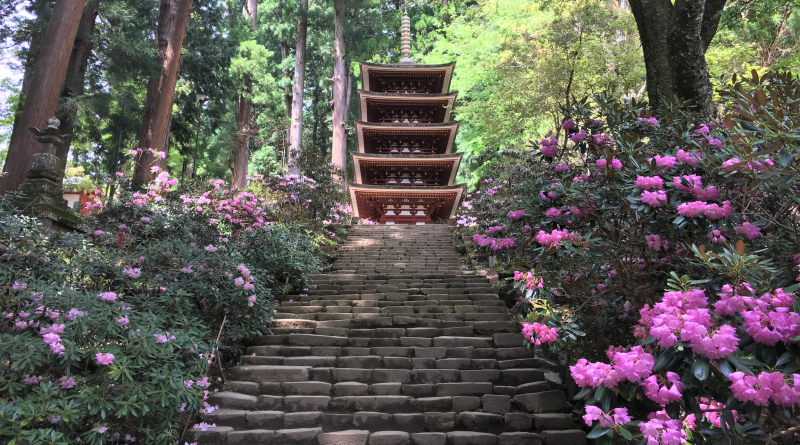
Leave a Reply